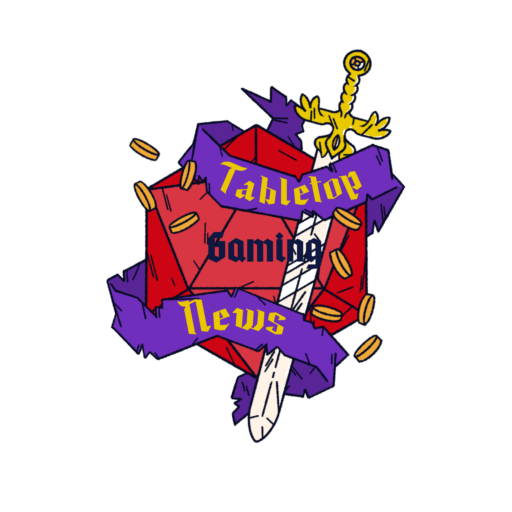Did you know that many dice that are thousands of years old have been found? This 20 sided Egyptian one can be found in the Metropolitan Museum in New York City where it was donated to their collection in 1910.
A number of polyhedral dice made in various materials have survived from the Hellenistic and Roman periods, usually from ancient Egypt when known. Several are in the Egyptian or Greek and Roman collections at the Museum. The icosahedron – 20-sided polyhedron – is frequent. Most often each face of the die is inscribed with a number in Greek and/or Latin up to the number of faces on the polyhedron.
The real question is what games did the Egyptians or Romans play using these dice? It certainly wasn’t D&D.
Nothing specific about the use of these polyhedra is preserved, so theories are built on clues provided by some variant examples. One unusual example uses Greek words, a few of which resemble those associated with throws of the astragals (knucklebones), and this has led to suggestions they were used for games. Another remarkable example discovered in Dakhleh Oasis in Egypt in the 1980s records an Egyptian god’s name in Demotic (the Egyptian script of these late periods) on each face. Divination – seeking advice about the unknown from the supernatural – seems to be the most likely purpose for the Dakhleh die: the polyhedron might have been thrown in order to determine a god who might assist the practitioner.
What games to you think they played? How would those games be different from what we like to play today? What would be the same?

